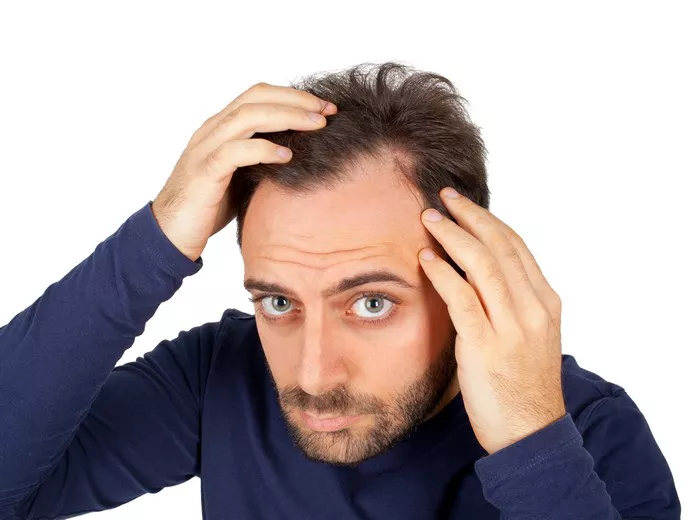Hair loss can be a challenging experience, impacting one’s self-esteem and overall appearance. Many individuals wonder if cutting their hair can help manage or improve the appearance of hair loss. In this article, we will explore the relationship between hair length and hair loss, discuss the pros and cons of cutting hair for those experiencing hair loss, and provide alternative styling and nurturing techniques to consider. By understanding the options available, individuals can make informed decisions regarding their hair and work towards achieving soft and silky drifting hair.
The Relationship Between Hair Length and Hair Loss
Hair length itself does not directly impact hair loss. Hair loss occurs at the scalp level, while hair length refers to the visible portion of the hair shaft. However, longer hair may appear thinner due to the weight of the hair strands, potentially emphasizing the appearance of hair loss.
Pros and Cons of Cutting Hair for Hair Loss
Pros of Cutting Hair:
Improved Appearance:
In some cases, shorter hairstyles can create an illusion of thicker hair by reducing the contrast between areas of hair loss and areas with more hair density.
Easier Maintenance:
Shorter haircuts often require less time and effort to style and maintain, providing convenience for individuals experiencing hair loss.
Cons of Cutting Hair:
Emotional Impact:
For some individuals, cutting their hair short due to hair loss can be emotionally challenging, affecting their self-esteem and body image.
Limited Styling Options:
Shorter haircuts may offer fewer styling options compared to longer hair, potentially limiting creativity in achieving desired looks.
Styling and Camouflaging Techniques for Thinning Hair
Layering and Texturizing:
Opt for layered haircuts or textured hairstyles, as they can add volume and create the illusion of thicker hair. Consult with a hairstylist experienced in working with thinning hair to determine the best cut for your hair type and density.
Strategic Parting:
Experiment with different parting styles to camouflage areas of hair loss. Shifting the part to the side or creating a zigzag part can help cover thinning areas and create the appearance of more volume.
Hair Products:
Utilize volumizing and texturizing hair products, such as mousses, dry shampoos, or volumizing sprays, to add fullness and enhance the appearance of thicker hair.
Hair Accessories:
Embrace the use of hair accessories, such as headbands, scarves, or clips, to add visual interest and divert attention from areas of hair loss.
Nurturing Drifting Hair for Softness and Silkiness
Healthy Hair Care Routine:
Follow a gentle hair care routine, including regular cleansing, conditioning, and moisturizing. Avoid harsh chemicals, excessive heat styling, and tight hairstyles that can further damage the hair and impede its softness.
Scalp Care:
Maintain a healthy scalp by keeping it clean and nourished. Consider using scalp treatments or massaging techniques to promote circulation and stimulate hair growth.
Balanced Diet:
Consume a nutritious diet rich in vitamins, minerals, and proteins to support overall hair health. Nutrients such as biotin, zinc, iron, and omega-3 fatty acids are particularly beneficial for hair growth and strength.
Stress Management:
Manage stress levels through relaxation techniques, exercise, or engaging in activities that bring joy. High stress can contribute to hair loss, so prioritizing mental well-being is crucial.
Conclusion:
Deciding whether to cut your hair if you have hair loss is a personal choice. While cutting hair can have its benefits in terms of appearance and maintenance, it is not the only solution. Consider alternative styling techniques, such as layering, strategic parting, and the use of hair products and accessories to create the illusion of thicker hair. Additionally, nurturing drifting hair through a healthy hair care routine, scalp care, a balanced diet, and stress management is vital for achieving soft and silky hair. Ultimately, choose the option that aligns with your preferences and boosts your confidence, knowing that there are various methods to enhance your hair’s appearance and promote overall hair health.


